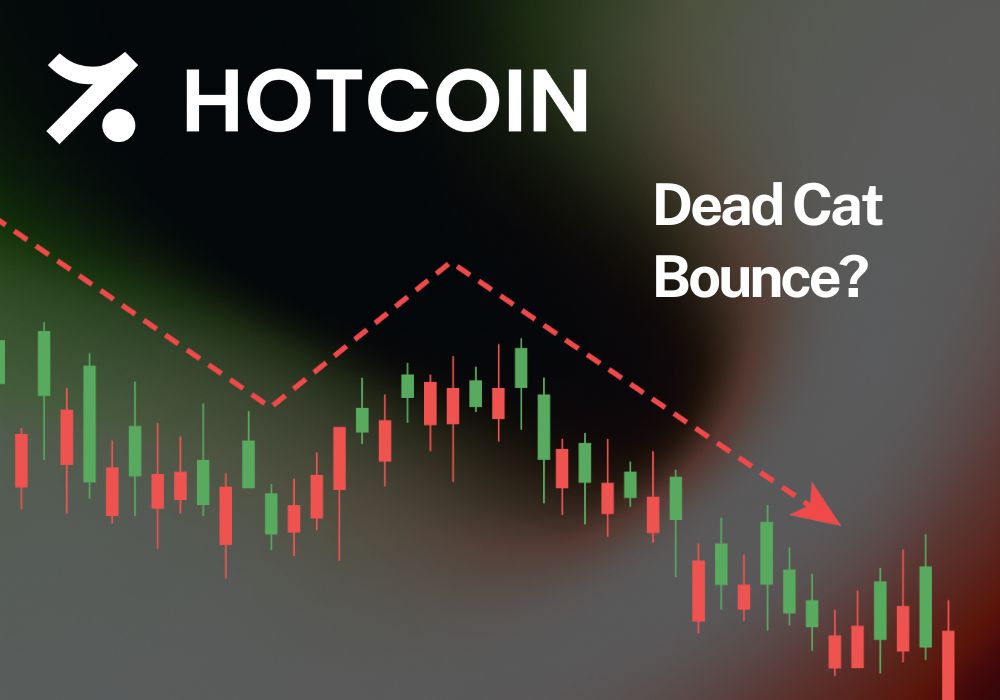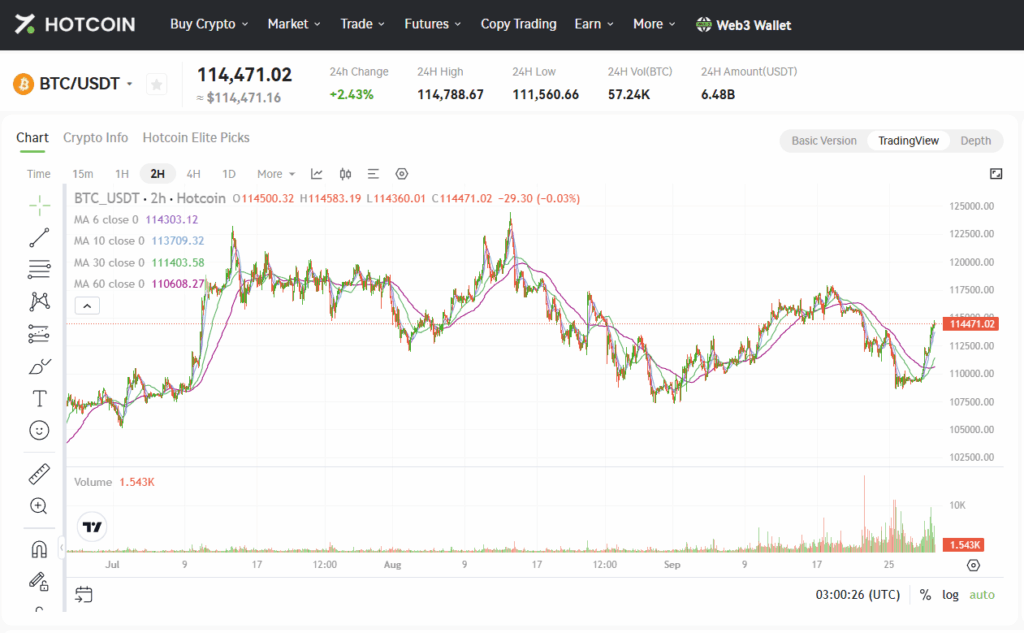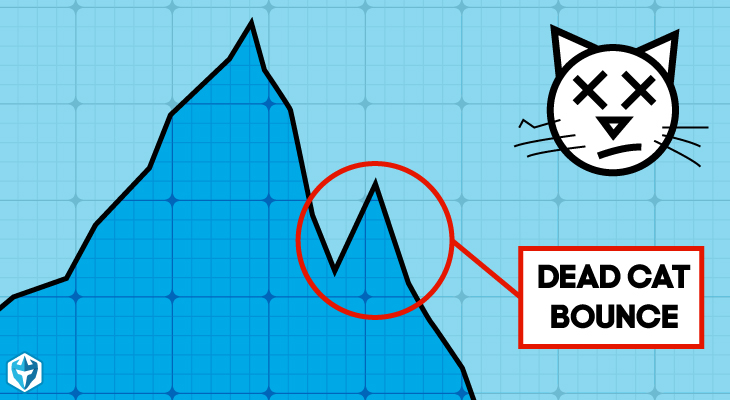
In the volatile world of crypto, sharp price swings are nothing new. But every so often, markets deliver a particular pattern that confuses traders and divides analysts: the so-called “Dead Cat Bounce.” In simple terms, it’s a temporary recovery in the price of an asset after a major decline, one that lures investors back in, only for the market to tumble again.
In equities, commodities, and now digital assets, this phenomenon has played out time and again. With recent volatility shaking Bitcoin, Ethereum, and emerging altcoins, it’s worth asking: Are we witnessing a Dead Cat Bounce in crypto right now? And how should investors position themselves? Is Bitcoin recovering and will overtake previous highs or is it just a temporary illusion?

What Is a Dead Cat Bounce?
The term originates from Wall Street folklore: “Even a dead cat will bounce if it falls from a great height.” In market terms, it describes a short-lived recovery during a prolonged downtrend. Prices appear to rebound, confidence resurfaces, but the rally fizzles quickly, dragging prices to new lows.
In crypto, where volatility is magnified, Dead Cat Bounces are common. Assets like BTC or ETH can surge 10–20% in a matter of days after a steep drop, tempting traders to believe the worst is over. But without solid fundamentals, volume support, or macro tailwinds, these rallies often collapse just as quickly.
Warrior Trading mentioned: “In trading, dead cat bounce refers to a temporary recovery that happens after a long decline which is usually followed by a downtrend. It can be defined as the chart phenomenon that happens during bearish moves.”

Recent Examples in Crypto
- Bitcoin (BTC) has often seen this pattern. In 2018, after falling from nearly $20,000 to $6,000, BTC staged a recovery to $11,000 before tumbling again toward $3,000.
- Altcoins in 2022 (after the collapse of Terra/LUNA and FTX) briefly spiked when relief rallies occurred, only to grind lower as the market digested the systemic shock.
- New tokens frequently display dead cat bounces after hype-driven listings: strong opening rallies, a brutal sell-off, then a deceptive mini-rebound that fails to sustain.
These examples underscore a crucial point: not every bounce is a recovery. Distinguishing between genuine reversals and false rallies is where traders either protect capital or get caught in traps.
Spotting a Dead Cat Bounce
While there’s no perfect formula, certain signals often accompany a Dead Cat Bounce:
- Low volume rebound
If prices climb but trading volume is muted, the move may lack conviction. True reversals generally attract strong buy-side participation. - Macro or sector headwinds remain unresolved
If the broader risk environment (e.g., Fed policy, regulatory pressure) is still negative, a sudden spike may simply be technical rather than fundamental. - Overextended leverage
Liquidations on short positions can spark temporary squeezes upward, but once that fuel burns out, momentum often dies. - Lack of follow-through across assets
If only one coin bounces but peers lag, it may be an isolated move, not a broader market reversal.
Why Dead Cat Bounces Hurt Crypto Traders
The biggest risk of a Dead Cat Bounce is psychological. After suffering losses in a downturn, traders are desperate to recoup capital. A sharp bounce feels like vindication and “confirmation” that the bottom is in. Many pile back in, only to be caught in another wave of selling.
For leveraged traders, the damage is even worse. Entering aggressively during a false rebound can lead to liquidation when the market resumes its decline.
Strategies to Manage the Risk
At Hotcoin, we emphasize risk management first. Here’s how savvy traders can approach potential Dead Cat Bounces:
- Wait for confirmation: Don’t rush in on the first green candles. Look for sustained higher lows, rising volume, and improving sentiment indicators.
- Set stop-loss orders: Always protect downside. If the bounce fails, your capital is preserved.
- Scale in gradually: Instead of all-in entries, deploy capital in smaller tranches to reduce exposure to traps.
- Diversify: Avoid concentrating all funds into a single volatile asset. Spread across BTC, ETH, stablecoins, and lower-beta plays.
- Track on-chain data: Large outflows from exchanges or declining active addresses can confirm whether rallies are weak or sustainable.
Dead Cat or Early Bull Run?
One of the toughest tasks is telling whether a bounce is “dead” or the start of a new cycle. Here are factors to monitor closely:
- ETF inflows and institutional demand: Sustained capital inflows often separate genuine reversals from temporary bounces.
- Macro trends: If inflation eases and central banks pivot dovish, liquidity may lift risk assets sustainably.
- Crypto-native catalysts: Major upgrades (like Ethereum staking), regulatory clarity, or new adoption cycles can validate rebounds.
If these factors align, a bounce may transform into a true recovery. But if headwinds persist, rallies should be treated with caution.
At Hotcoin, our message is clear: stay disciplined, use data, and never chase blindly. With smart risk management and the right tools, you can avoid being caught in the trap, and be ready to capitalize when the real recovery arrives.
Hotcoin Official Site: https://www.hotcoin.com
Hotcoin Twitter: https://x.com/HotcoinGlobal
Hotcoin Telegram: https://t.me/HotcoinEX
Hotcoin Chinese Twitter: https://x.com/hotcoinzh
Hotcoin Chinese Community: https://t.me/hotcoinglobalcn
Hotcoin YouTube: https://www.youtube.com/@hotcoinglobal
